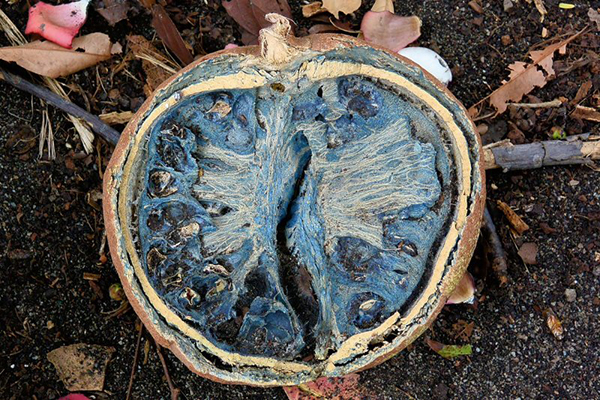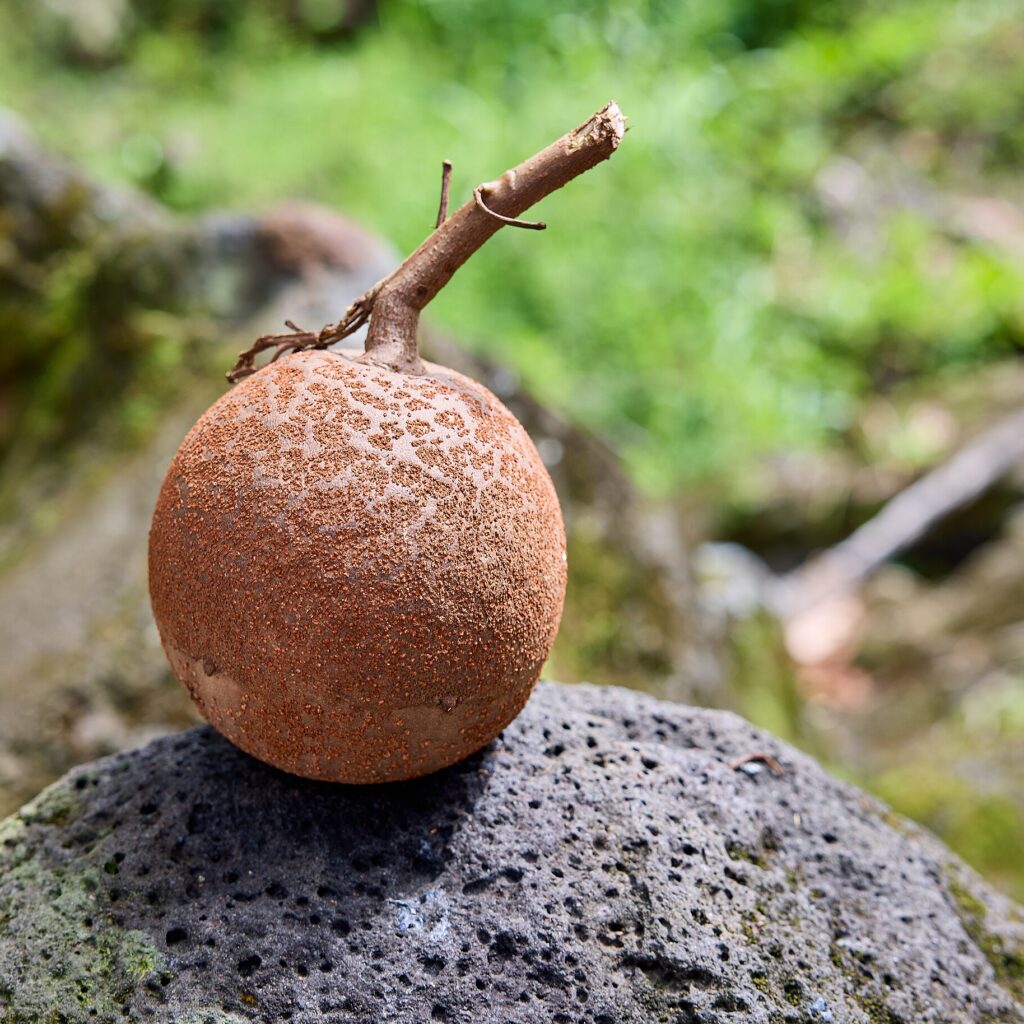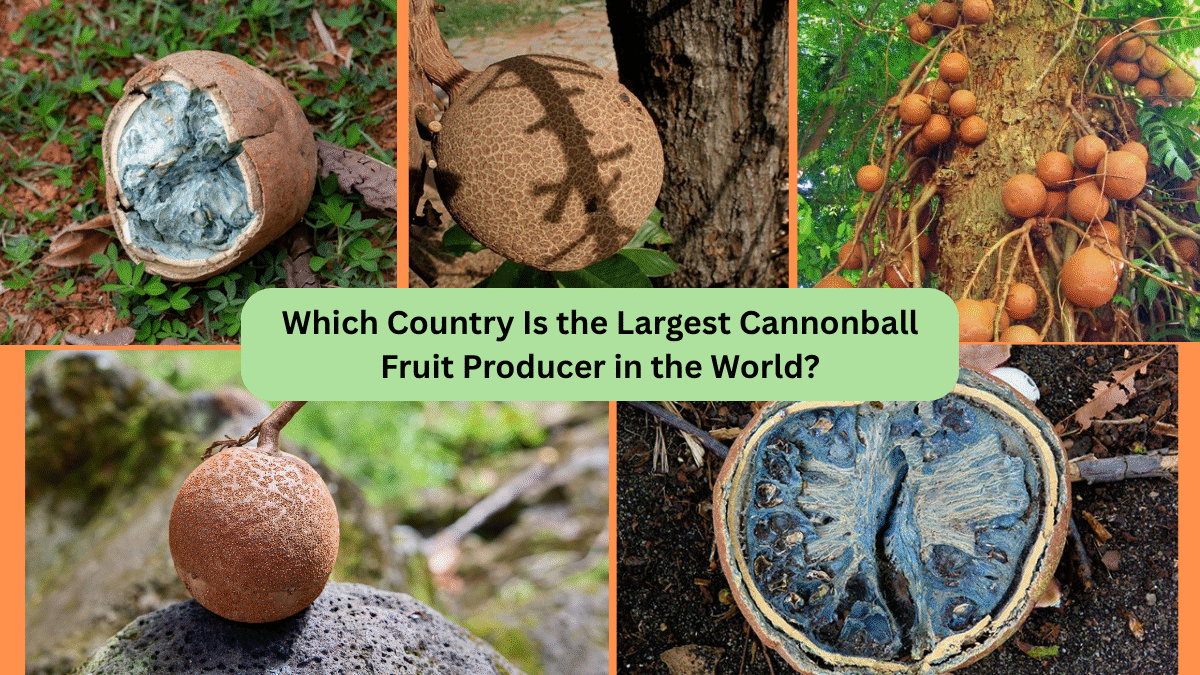Nature’s bounty offers countless fascinating and lesser-known fruits, and among them stands the cannonball fruit — a large, round, woody fruit produced by the impressive Cannonball tree (Couroupita guianensis). Known for its dramatic appearance, fragrant flowers, and cultural significance in parts of South America and Asia, the cannonball fruit has intrigued botanists and nature lovers for centuries.
But beyond its remarkable characteristics, a key question often arises: Which country is the largest producer of cannonball fruit in the world? In this comprehensive article, we’ll explore the origin, distribution, uses, cultivation trends, and ultimately, identify the country leading global cannonball fruit production.
What Is the Cannonball Tree and Its Fruit?

The Cannonball tree is a tropical evergreen native to the rainforests of Central and South America. It belongs to the Lecythidaceae family — the same family as the Brazil nut. The tree gets its name from its large, spherical fruits that resemble rusted cannonballs in size, weight, and appearance.
Key Characteristics:
- Botanical Name: Couroupita guianensis
- Native Region: Northern South America — primarily Guyana, Suriname, Brazil, Colombia, and Peru
- Fruit Size: 15 to 24 cm (6 to 9.5 inches) in diameter, weighing up to 5 kg (11 lbs)
- Fruit Appearance: Hard, woody shell resembling an old cannonball; brown when ripe
- Flowers: Large, aromatic, pink and white blooms with a strong, sweet fragrance
Though the fruit has limited edibility for humans due to its pungent, musky aroma, it plays an important ecological role, being a food source for wildlife like monkeys, bats, and some birds.
Historical and Cultural Importance
The Cannonball tree holds sacred significance in countries like India, Sri Lanka, Thailand, and Indonesia, where it’s often planted in temple grounds and public gardens. In Hindu and Buddhist traditions, the tree is associated with purity, blessings, and ancient religious lore.
The flowers are frequently offered in temples and are regarded as auspicious symbols of peace and beauty.
Where Is Cannonball Fruit Grown?

Originally native to South America, the Cannonball tree has spread to other tropical regions around the world, particularly in:
- India
- Sri Lanka
- Thailand
- Indonesia
- Malaysia
- Caribbean Islands
These countries cultivate the tree for ornamental, religious, medicinal, and ecological purposes.
Uses of Cannonball Fruit and Tree
While cannonball fruit isn’t typically consumed by humans due to its strong musky odor, it has several practical and cultural uses:
- Animal feed: Consumed by monkeys, bats, and some forest birds
- Medicinal use: Traditional medicine systems use various parts of the tree for treating colds, stomach ailments, skin infections, and fungal issues
- Aromatic flowers: Used in religious offerings, garlands, and decorations
- Timber and shade: The dense wood is used in small-scale carpentry and the tree is valued for its wide canopy and shade
In South America, indigenous communities have historically used parts of the tree in herbal remedies and as tools.
Global Cannonball Fruit Production Overview

Unlike commercial fruits like bananas or mangoes, cannonball fruit isn’t widely cultivated for mass human consumption. Its global production is relatively modest, mostly for ornamental, religious, and medicinal purposes. Nevertheless, certain countries grow the tree more extensively due to cultural significance and favorable tropical climates.
Which Country Is the Largest Cannonball Fruit Producer in the World?
India holds the distinction of being the largest producer of cannonball fruit in the world.
Why India Leads Cannonball Fruit Production:
- Cultural and Religious Importance:
In India, the Cannonball tree is considered sacred and is planted extensively in temple complexes, botanical gardens, public parks, and palaces. It’s often associated with Lord Shiva and revered for its beautiful, aromatic flowers. - Favorable Climate:
India’s tropical and subtropical regions offer perfect conditions for the Cannonball tree to flourish. The tree thrives in states like:
- Kerala
- Tamil Nadu
- Karnataka
- Andhra Pradesh
- West Bengal
- Odisha
- Assam
- Maharashtra
- Widespread Planting in Urban Landscapes:
Many urban planners and municipal authorities in India have included cannonball trees in public parks and roadsides due to their ornamental appeal and religious significance. - Higher Tree Density:
India is estimated to have tens of thousands of Cannonball trees growing in both public and private lands, far surpassing any other country.
Estimated Production and Distribution in India

While no formal production data exists due to the non-commercial nature of the fruit, experts estimate that India accounts for over 65-70% of global cannonball fruit availability, primarily for religious, medicinal, and ornamental use.
In Kerala and Tamil Nadu alone, there are thousands of trees growing around ancient temples and public gardens. Many of these trees are several decades or centuries old.
Other Notable Producers
Brazil
As the native home of the species, Brazil has extensive wild populations of the Cannonball tree in the Amazon Rainforest and botanical gardens. However, due to less religious or cultural significance, the total cultivated numbers are lower than India.
Sri Lanka
Sri Lanka reveres the Cannonball tree for its religious significance, particularly in Buddhist monasteries. Many ancient temples across the country have century-old trees planted in their premises.
Thailand
Thailand’s Buddhist temples and royal gardens house Cannonball trees, valued for their flowers and symbolism.
Indonesia and Malaysia
These countries also grow the tree in religious sites and as ornamentals in parks and resorts.
Challenges in Cultivation and Use

Though visually striking, the Cannonball tree presents some cultivation challenges:
- Heavy falling fruits can pose risks to pedestrians.
- The fruits’ strong odor limits their popularity in residential areas.
- Limited commercial demand for the fruit itself.
- Slow growth rate and large space requirement.
Despite these, the tree’s religious, ecological, and ornamental value ensures its continued presence in many tropical regions.
Future Prospects
While the Cannonball fruit is unlikely to become a commercial food crop, its uses in:
- Traditional medicine
- Ornamental landscaping
- Eco-tourism
- Botanical gardens
- Cultural tourism
are set to grow, especially as interest in native and unusual species rises globally.
India’s dominance in cultivating and preserving this culturally revered species is expected to continue, particularly as temples, eco-resorts, and botanical parks embrace its heritage value.
Conclusion
To summarize, India is the largest producer of cannonball fruit in the world. While its origins lie in South America, India has embraced the Cannonball tree as a sacred, medicinal, and ornamental species, planting it extensively across temples, public gardens, and urban landscapes.
With its captivating flowers, ecological benefits, and religious importance, the Cannonball tree has become an enduring symbol of nature’s splendor in India and beyond — and though it may not grace supermarket shelves, it holds a cherished place in cultural and ecological heritage.


Leave A Comment